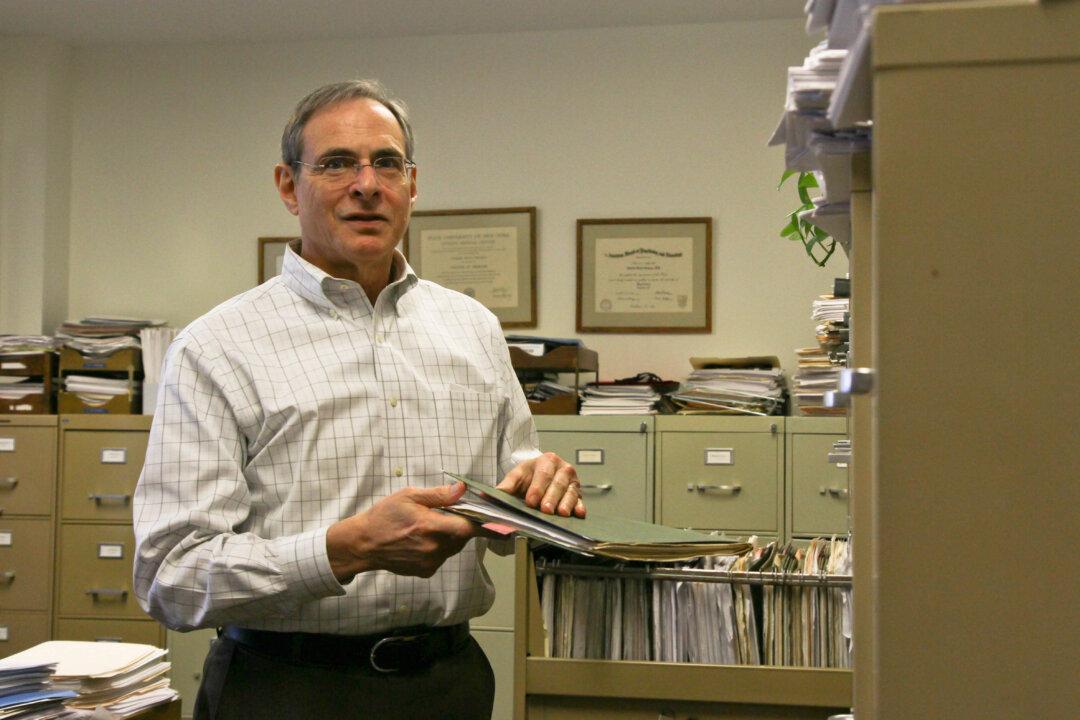CHARLOTTESVILLE, Va.—At the University of Virginia, a space is given to the scientific investigation of strange phenomena that challenge currently accepted scientific assumptions. Such phenomena include extrasensory perception (such as telepathy), apparitions and deathbed visions, poltergeists, experiences of persons who come close to death and survive (usually called near-death experiences), out-of-body experiences, and claimed memories of previous lives.
Dr. Bruce Greyson is one of the several scientists who work in this Division of Perceptual Studies (DOPS), and his specialty is near-death experiences.
Dr. Greyson’s father was a chemist. The material sciences reigned in his house and spiritual matters were not much considered. Greyson followed in his father’s footsteps, but his fascination with unanswered questions drew him away from the material sciences and toward psychiatry when he was in medical school.
“When I got into psychiatry, one of the areas that had the most unanswered questions was this whole area of the paranormal—things that sound psychotic on the surface (of course, they are so different from everyday reality), but they happen to perfectly normal, sane people,” he said.





